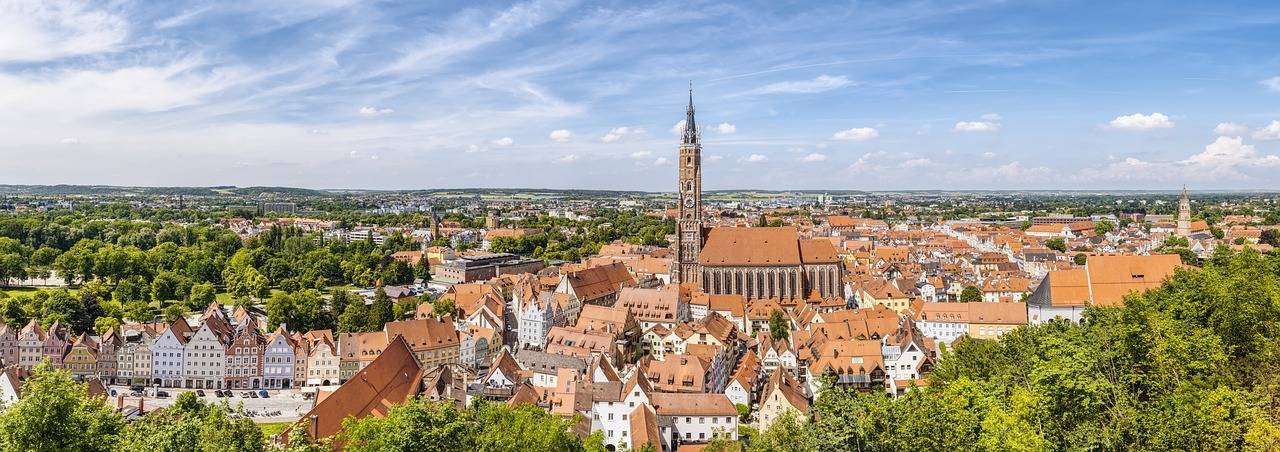

The Mid-Sized Cities, Cities of Balance
French mid-sized cities are now experiencing a resurgence of interest. They are subject of study reports, academic work, press articles and are often described as a human scale cities with a nice living environment.
Cities of balance
Their size is in principle defined within a demographic grid of 20,000 to 100,000 or 130,000 inhabitants depending on whether one is interested in the central urban unit or the inter-municipal urban area. According to the French, they got a number of advantages (offer of shops, public services, innovation) and are distinguished above all by the quality of the accommodation they offer and their proximity to nature.
The pandemic crisis has happened there. With the long period of containment measures, we have witnessed the limits of our lifestyles in dense urban centers. The inhabitants lived and worked in places that were often too small and too far from green or natural spaces. Some have fled and rediscovered the small towns of France. Others reassessed their priorities and allowed themselves to dream.
To the question “how long do you expect to live in your current city?“, asked in November 2020 to the French by the Kantar and Potloc institutes at the request of La Fabrique de la Cité, 33% replied that they were planning to change in ten years for a quieter place, closer to nature and offering more space. The most numerous wanting to leave being the inhabitants of the big cities. The image of a balanced and accessible mid-sized city is clearly evident.
Find this publication in the project:
La Fabrique de la Cité
La Fabrique de la Cité is a think tank dedicated to urban foresight, created by the VINCI group, its sponsor, in 2010. La Fabrique de la Cité acts as a forum where urban stakeholders, whether French or international, collaborate to bring forth new ways of building and rebuilding cities.















